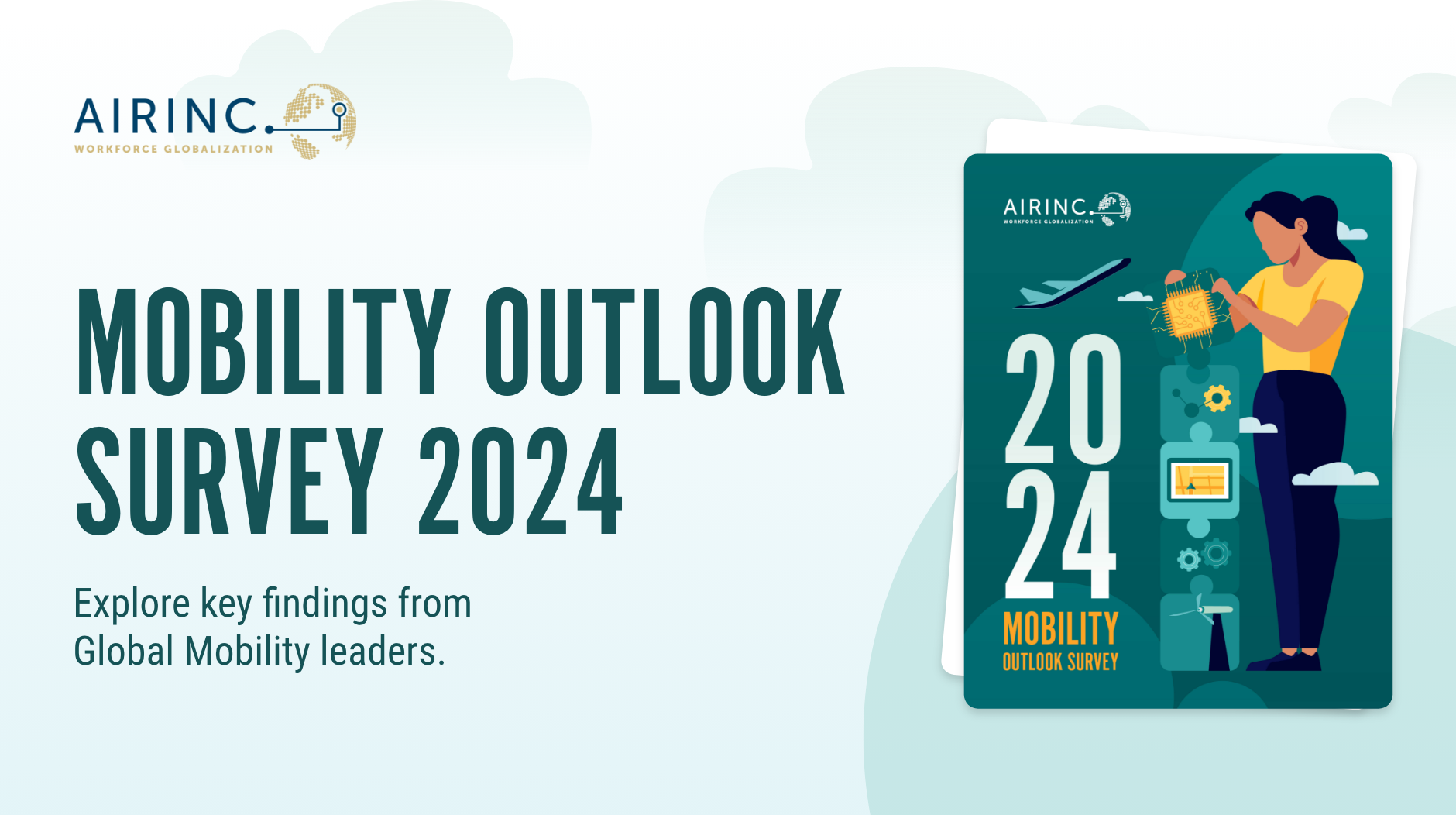Every year, we invite companies to participate in our annual Mobility Outlook Survey which focuses on Mobility trends. How does your Mobility team navigate flexibility, tackle complexity, and define the concept of "employee experience" within your organization?
Our 2024 Survey brought to light trends in global mobility. In this blog post, we delve into the key themes identified in the survey, comparing the unique trends in the EMEA market to the general market practice.
Key Themes from the Survey
Mobility’s scope has expanded significantly and is harder to pin down than ever. In EMEA, 45% of participants are expecting an increase in overall mobility activities including short-term and long-term assignments, domestic and international transfers. This indicates mobility is being recognized as a strategic element, encompassing a variety of assignments and transfers, from short-term and long-term assignments to international one-way transfers and new hires.
Handling the complexities of various mobility use cases can be challenging. Accordingly, 49% of EMEA participants feel that their current approach to managing these cases can be improved. This needs a flexible and adaptable approach in today’s fast-paced global business environment.
Ensuring a positive employee experience is a key focus in mobility programs. Interestingly, what constitutes a "good experience" can vary widely. In EMEA, mobility teams are becoming more thoughtful about this aspect, striving to meet the diverse expectations of employees, whether they are on short-term assignments or engaged in international remote work. For example, companies are focusing more on single parents and how they can better support them to create a better employee experience.
In EMEA, mobility is not just about moving people across borders; it’s about integrating mobility into the overall business strategy. While EMEA excels operationally, there is a growing push for mobility to take on a more advisory role, offering expertise and resources to support broader business and talent strategies. EMEA companies now prioritize upskilling staff who excel at operations to be successful at advisory and strategic internal consulting.
Key Differences Between EMEA and the Rest of the World
The survey indicates that fewer EMEA companies have introduced immigration-only cases to their suite of policies. This might be due to more comprehensive mobility strategies that integrate various aspects of employee relocation and support.
There's a notable 12% increase in international remote work within EMEA, reflecting the region's adaptation to new remote and hybrid work models. This trend aligns with the global shift towards more flexible working arrangements. It comes in response to employee expectations.
There are way fewer domestic transfers in EMEA (8%) compared to the general market practice (44%). While domestic transfers are expected to increase by 21% globally, in EMEA, this figure is just 7%. This highlights a regional characteristic where cross-border and international movements are more prevalent than internal relocations.
The Mobility Outlook Survey 2024 highlights the evolving landscape of global mobility, with EMEA showcasing unique trends and strategic approaches. Understanding these regional differences is crucial for organizations aiming to tailor their mobility programs to meet specific needs and opportunities within EMEA, enhancing their global business operations.
If you, as a Mobility specialist, are looking to optimize your mobility strategies, staying informed about regional trends and differences is essential. Leveraging these insights can help you design effective mobility programs that align with both global and regional objectives.
If you want to further discuss these mobility trends to determine that best approach that aligns to your business objectives and needs, we are more than happy to help you!






%20(47).png)


